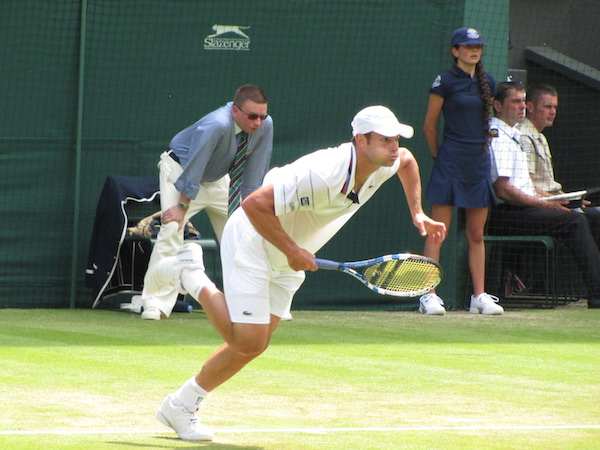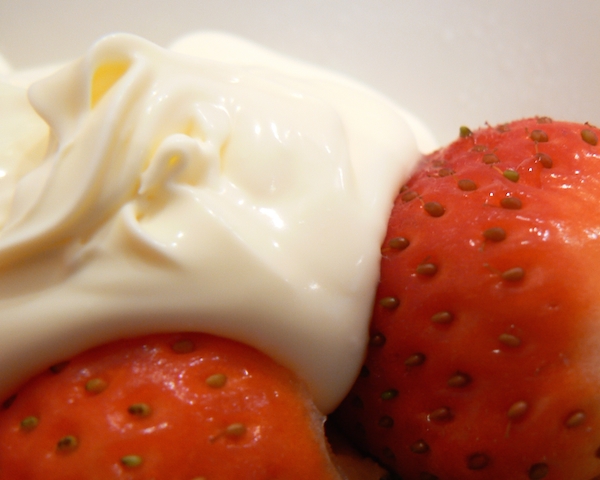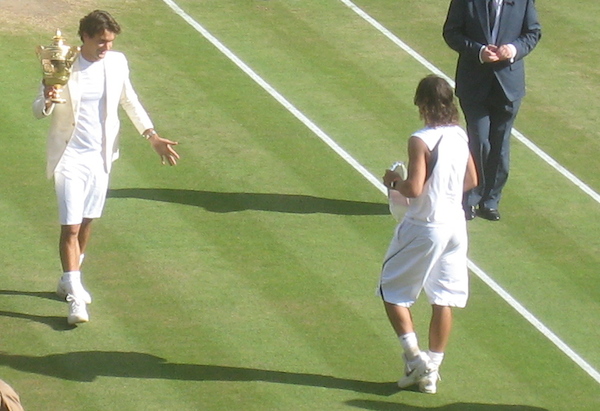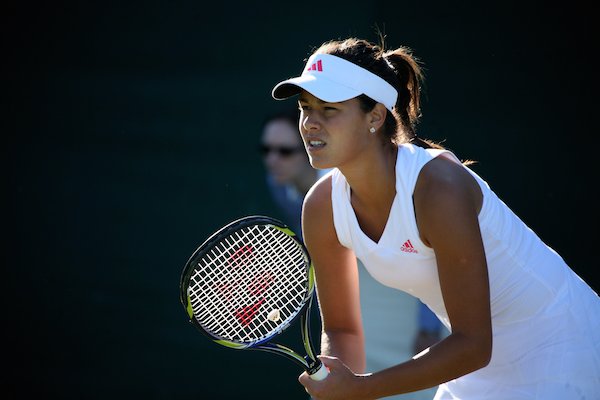Dear Sports Fan,
Andy Roddick — Isn’t it time for us to follow a new American in men’s tennis?
Thanks,
Maura
Dear Maura,
First, go easy on Andy Roddick. As the only top American tennis player in the generation that followed two incredible generations of American tennis players – guys like Pete Sampras, Andre Agassi, Jimmy Connors and John McEnroe, who dominated tennis for decades – he was always in an impossible position. Plus, like other sports, the rest of the world is catching up to us, so the days of American dominance were likely to end no matter who came along.
With that said, Roddick has never quite lived up to the potential we all felt he had when he won the U.S. Open in 2003 – other than when he married Brooklyn Decker. He definitely fulfilled his wedding potential.
Unfortunately – and I hate to be the one to break this to you – there’s NO ONE else. Nobody. If you look at the top 100 tennis players in the world, you realize that far from dominating men’s tennis, we hardly exist in men’s tennis anymore. The next generation of great Americans – James Blake, Mardy Fish (not making that name up), Sam Querrey – never materialized, and for the past five years, and the foreseeable future, a Spaniard, a Swiss, and a Serb have the entire tour under lock and key. Roddick will tease us all a few more times, and a random American may pop up from time to time, but no one on the horizon is poised to rise to the top or even do much of anything.
Depending on how you feel about good looking twins who play preppy sports who aren’t named Winklevoss, there’s always the Bryan twins (Bob and Mike,) who have owned the doubles scene on tour for the past few years. Doubles tennis is hard to watch and, let’s be honest, it’s not really tennis – the average point lasts about an eighth of a second and most of the players’ time is spent trying not to get hit in the face – but if you’re looking for American dominance on a tennis court , it’s your only bet.
One last thought: in the absence of an American…can I convince you to get behind Andy Murray? Like Roddick, he’s also been trying fruitlessly to break through the Spanish/Swiss/Serbian alliance for the past decade. In fact, he’s basically Andy Roddick without the major title or the SI swimsuit cover model wife, or that perpetual annoyed/entitled look on his face. Plus he’s Scottish and – I hear – he also looks good with his shirt off.
Or so they say,
Dean Russell Bell




